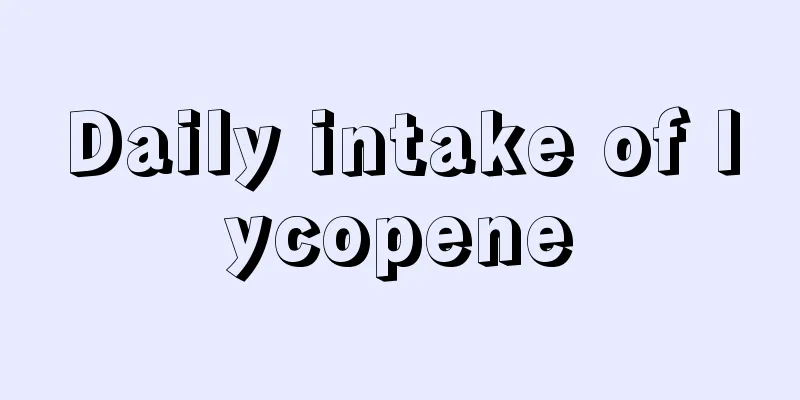What are the early symptoms of rectal cancer? Beware of the five early symptoms of rectal cancer

|
The occurrence of rectal cancer is related to lifestyle and eating habits. To prevent rectal cancer, we should focus on the diversification of diet structure, not be partial to one's diet, not be picky about food, and not eat a high-fat, high-protein diet for a long time. In the early stage of rectal cancer, patients may ignore it until the condition worsens. Today, we will introduce the five major symptoms of early rectal cancer. 1. Abdominal pain Abdominal pain is one of the early symptoms of a small number of patients with rectal cancer. Cancer of the upper rectum or sigmoid colon may cause annular stenosis, intestinal obstruction, and paroxysmal abdominal colic, accompanied by abdominal pain, hyperactive bowel sounds, thinner stools, and reduced anal gas. These symptoms are relieved or disappear to a certain extent after defecation. 2. Blood in the stool Almost half of the patients with rectal cancer have bloody stools, which often only cover the surface of the stool and are bright red or dark red in color. When cancer only involves the mucosal surface, symptoms such as swelling of the portal of the liver and itching often occur. When cancer invades below the mucosa, bloody stools will occur. This type of bloody stool has a small amount of bleeding, intermittent bleeding, and is mostly bright red or dark red blood. 3. Rectal distension When the ampulla of the rectum enlarges or invades the surrounding tissues, clinical symptoms such as anal prolapse and insufficient defecation appear. Ampulla cancer is mostly cauliflower-shaped, so secretions mixed with pus and blood flow out of the anus. 4. Significant changes in bowel movement frequency Changes in bowel habits can also be seen in the early symptoms of rectal cancer. Normal people have regular bowel movements, usually once in the morning. Rectal cancer patients have irregular changes in bowel movement frequency, bowel movement time, and bowel movement frequency. For example, rectal papillary carcinoma has a lot of mucus, frequent diarrhea, and frequent bowel movements. Annular sclerosing carcinoma, which initially has constipation symptoms, has thin stools and diarrhea in the later stages. 5. Mucus in stool In the swelling of rectal cancer, cauliflower-like tumors and inflammatory lesions of the intestinal mucosa cause a large amount of mucus secretion, forming mucus stools. When the mucus stools are mixed with gas, the stools are foamy. After the cancer lesions, the surrounding infections are combined and a large amount of pus is produced. At this time, it is easy to be misdiagnosed as chronic enteritis and dysentery. When the surface of the cancer is eroded or ulcers are formed, the bleeding is better, the stools are thin, the pus and blood increase, and there is a bloody odor and other symptoms. |
<<: What should patients with gastric cancer eat? You can try these
>>: How to treat bone cancer? Which hospital is best for treating bone cancer?
Recommend
Why does the sole of my foot hurt when I walk?
The foot is one of the four limbs that support th...
What is thyroid cancer
Thyroid cancer is a very common malignant tumor o...
Epidemiological characteristics of liver cancer
The epidemiological characteristics of liver canc...
How many years can a thyroid cancer patient live without surgery
Without surgery, patients with thyroid cancer may...
What is cold agglutinin syndrome
Because cold agglutinin syndrome is not common in...
What to do if there is too much flesh on the nose
Most people in life love beauty, and the nose, as...
Nursing measures for pregnant women with esophageal cancer
Postpartum women are at their weakest. Their resi...
Viral myocarditis, it is important to understand the cause of the disease
Viral myocarditis is a very serious disease that ...
First-line targeted therapy for renal cancer
Kidney cancer, also known as renal cell carcinoma...
Is it better to use hands or a powder puff to apply bb cream?
BB cream is a relatively common makeup product. I...
Are hangover remedies really that effective?
Nowadays, there are many advertisements for hango...
Is colorectal cancer hereditary?
Colorectal cancer is a malignant tumor of the dig...
Fingers are purple
Purple fingers are a problem that many people enc...
What can’t be shared?
Normally when people are at home, many things are...
How to deal with sunburn during military training_What to do if you get sunburned during military training
Military training is a must for every college stu...









